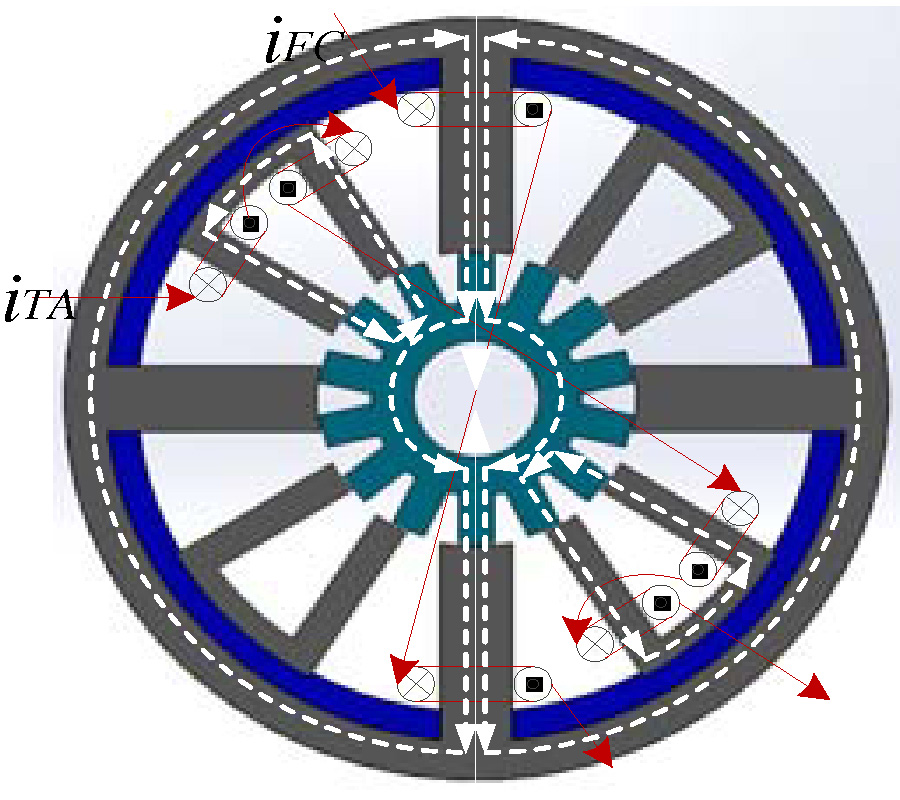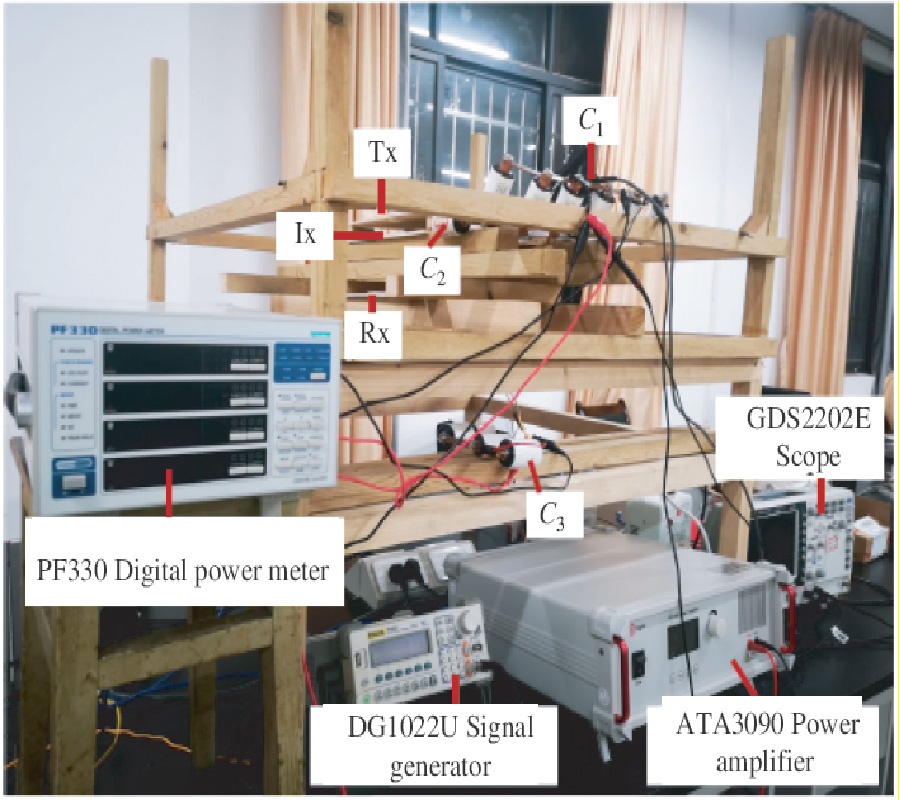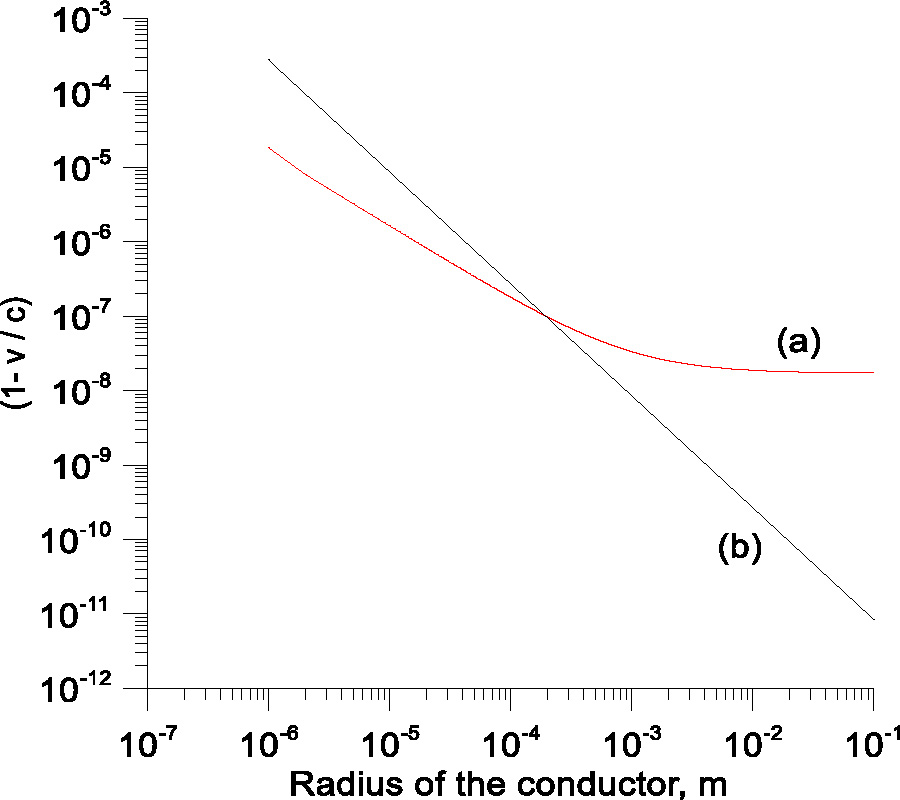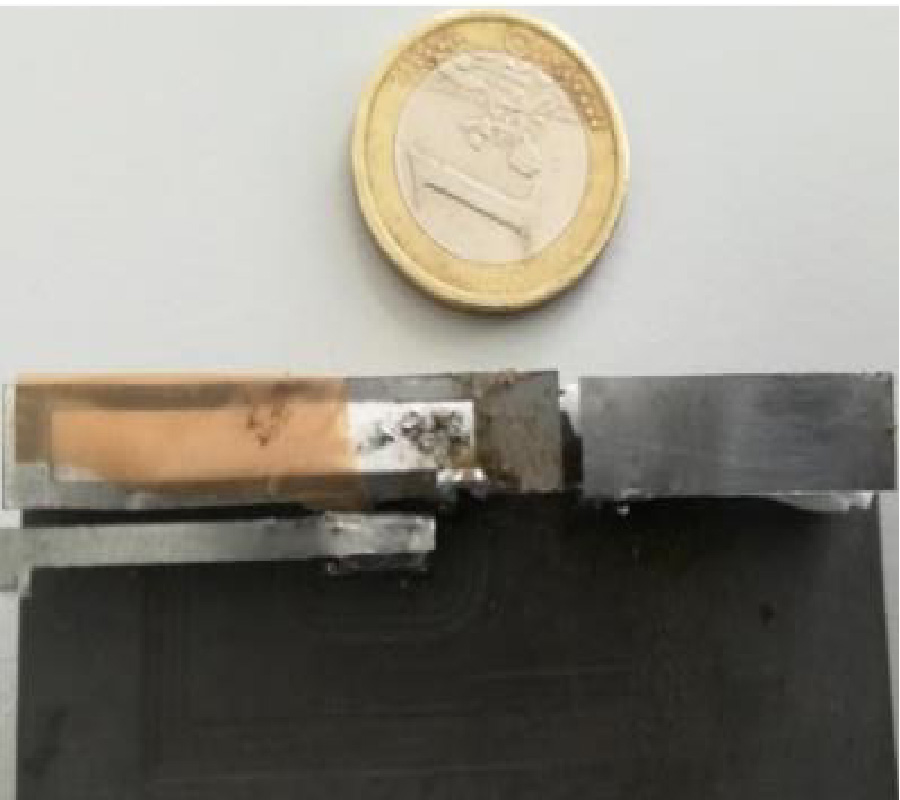Design and Analysis of a Microstrip Planar UWB Bandpass Filter with Triple Notch Bands for WiMAX, WLAN, and X-Band Satellite Communication Systems
Abdul Basit,
Muhammad Irfan Khattak and
Mu'ath Alhassan
This manuscript presents a UWB filter with three notch bands for WiMAX, WLAN, and X-Band Satellite Communication by introducing inverted E- and T-shape resonators shorted at the center, designed and fabricated for the use of UWB applications authorized by the US Federal Communications Commission. First, a UWB filter ranges from 2.8 GHz to 10.6 GHz is designed by employing four λ/4 wavelength short-circuited stubs and then couples E- and T-shape resonators on either side of the main transmission line of the proposed UWB filter to achieve notch bands response centered at the resonance frequency of 3.3 GHz for WiMAX applications, 5.1 GHz for WLAN wireless applications, and 8.3 GHz for X-band satellite communication systems, respectively. The proposed filter is able to produce three individually control stopband frequencies centered at 3.3 GHz, 5.1 GHz, and 8.3 GHz with minimum attenuation levels of -28 dB, -19 dB, and -15 dB, respectively. This indicates that the presented filter can efficiently reject superfluous bands at 3.3 GHz in WiMAX system, 5.1 GHz in WLAN system, and 8.3 GHz in satellite communication systems to improve the performance of the UWB communication systems. Finally, the proposed filter with circuit area 34 mm × 12 mm × 0.762 mm between the simulated and fabricated measurements.


















